
Bernard-Germain-Étienne de La Ville-sur-Illon, comte de Lacépède or La Cépède was a French naturalist and an active freemason. He is known for his contribution to the Comte de Buffon's great work, the Histoire Naturelle.
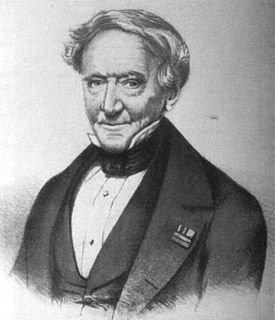
Coenraad Jacob Temminck was a Dutch aristocrat, zoologist, and museum director.

Louis Pierre Vieillot was a French ornithologist.
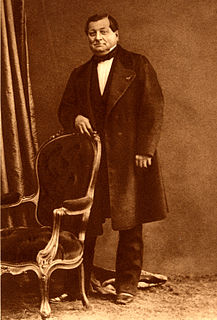
Jean Baptiste Alphonse Déchauffour de Boisduval was a French lepidopterist, botanist, and physician.

Alphonse Milne-Edwards was a French mammalologist, ornithologist and carcinologist. He was English in origin, the son of Henri Milne-Edwards and grandson of Bryan Edwards, a Jamaican planter who settled at Bruges.
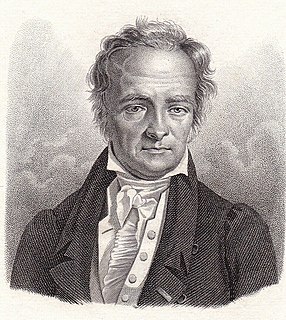
Louis Augustin Guillaume Bosc was a French botanist, invertebrate zoologist, and entomologist.

Baron Nöel Frédéric Armand André de Lafresnaye was a French ornithologist and collector.
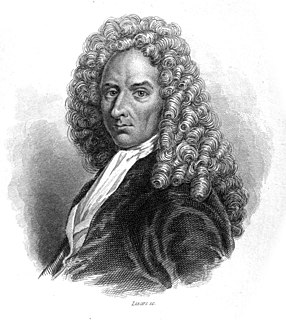
François Levaillant was a French author, explorer, naturalist, zoological collector, and noted ornithologist. He described many new species of birds based on birds he collected in Africa and several birds are named after him. He was among the first to use colour plates for illustrating birds and opposed the use of binomial nomenclature introduced by Carl Linnaeus, preferring instead to use descriptive French names such as the bateleur for the distinctive African eagle.
Jacques Pucheran was a French zoologist born in Clairac. He was a grandnephew to physiologist Étienne Serres (1786-1868).

Jean-Baptiste Geneviève Marcellin Bory de Saint-Vincent was a French naturalist, officer and politician. He was born on July 6, 1778 in Agen (Lot-et-Garonne) and died on December 22, 1846 in Paris. Biologist and geographer, he was particularly interested in volcanology, systematics and botany. The standard author abbreviation Bory is used to indicate this person as the author when citing a botanical name.

Baron Michel Edmond de Selys Longchamps was a Belgian Liberal Party politician and scientist. Selys Longchamps has been regarded as the founding figure of odonatology, the study of the dragonflies and damselflies. His wealth and influence enabled him to amass one of the finest collections of neuropteroid insects and to describe many species from around the world. His collection is housed in the Royal Belgian Institute of Natural Sciences.

Pierre-Justin-Marie Macquart was a French entomologist specialising in the study of Diptera. He worked on world species as well as European and described many new species.

André Jean Baptiste Robineau-Desvoidy was a French physician and entomologist specialising in the study of Diptera (flies) and to some extent of the Coleoptera (beetles).

The Death of Marat is a 1793 painting by Jacques-Louis David of the murdered French revolutionary leader Jean-Paul Marat. It is one of the most famous images of the French Revolution. David was the leading French painter, as well as a Montagnard and a member of the revolutionary Committee of General Security. The painting shows the radical journalist lying dead in his bath on July 13, 1793, after his murder by Charlotte Corday. Painted in the months after Marat's murder, it has been described by T. J. Clark as the first modernist painting, for "the way it took the stuff of politics as its material, and did not transmute it".
Alfred Duvaucel was a French naturalist and explorer. He was the stepson of Georges Cuvier.

Ambroise Marie François Joseph Palisot, Baron de Beauvois was a French naturalist.
Charles-Eusèbe Dionne, also known as Charles Eusebe or C. E. Dionne, was a French Canadian naturalist and taxidermist. He is considered the first professional French Canadian ornithologist. Dionne was a self-taught scientist and wrote several books on the natural history of Quebec, including the first field guide to the province's mammal fauna; he was a well-respected scholar and became a fellow of the American Ornithologists' Union.
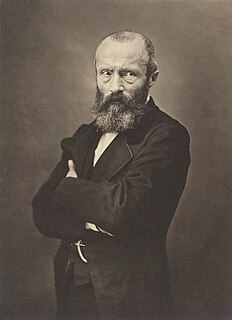
Étienne-Joseph-Théophile Thoré was a French journalist and art critic. He is best known today for his rediscovery of the work of painter Johannes Vermeer.
Henri Auguste Ménégaux was a French ornithologist and malacologist born in Audincourt. He was based at the Muséum national d'histoire naturelle in Paris. From 1910, with Louis Denise (1863-1914), he was publisher of the journal, Revue Française d'Ornithologie Scientifique et Pratique.
Léon Bertin was a French zoologist. He was born in the 14th arrondissement of Paris, and died in the Loir-et-Cher Department of France, in a car accident.
This page is based on this
Wikipedia article Text is available under the
CC BY-SA 4.0 license; additional terms may apply.
Images, videos and audio are available under their respective licenses.
![The chestnut-backed owlet was described on 1846 by Edward Blyth in his Catalogue of the birds in the museum [of the] Asiatic Society GlaucidiumCastanonotumLegge.jpg](http://upload.wikimedia.org/wikipedia/commons/thumb/b/bf/GlaucidiumCastanonotumLegge.jpg/460px-GlaucidiumCastanonotumLegge.jpg)














